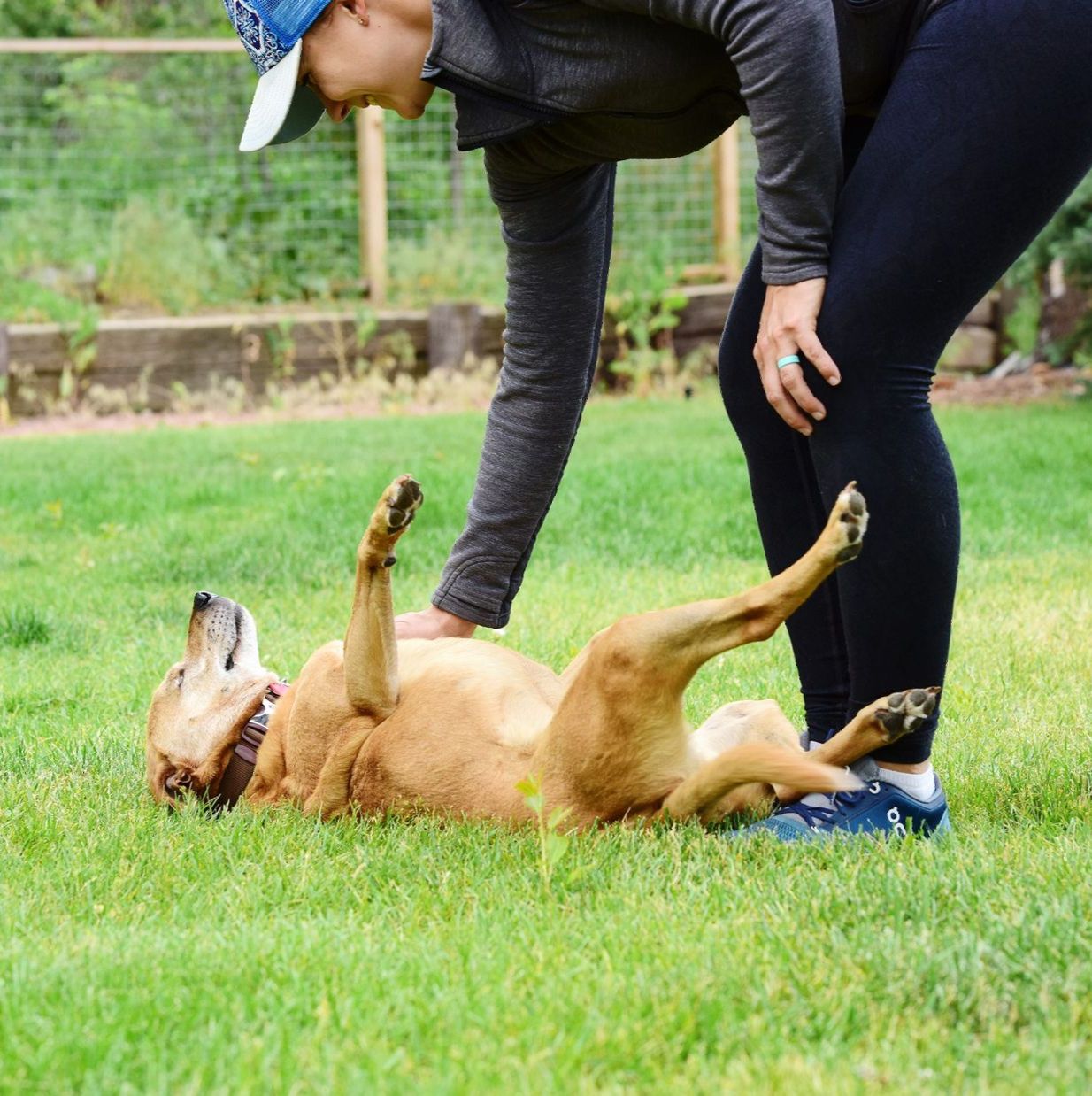Nurturing Potential: Obedience Training a Foster Dog
Dog Training As A Dog Foster Parent
Fostering a dog is an act of compassion, a temporary commitment that can significantly impact an animal’s life. Beyond providing shelter and sustenance, fostering involves a more profound responsibility: training. By investing time and effort into training a foster dog, we not only enhance their well-being but also increase their chances of finding a loving forever home.
The benefits of training a foster dog are manifold. First, it significantly boosts their adoptability. A well-trained dog is more appealing to potential adopters, as it demonstrates good behavior, responsiveness, and the potential to seamlessly integrate into a family. Second, training can alleviate stress and anxiety, which are common issues in shelter dogs. By learning basic commands and routines, dogs gain a sense of security and purpose. Additionally, a trained dog is better equipped to transition to a new home. Basic obedience skills and positive socialization experiences can help them adapt more quickly to their new environment.
To effectively train a foster dog, a positive reinforcement approach is paramount. This involves rewarding good behavior with treats, praise, or playtime, rather than punishing mistakes. By creating a positive association with training, dogs are more likely to cooperate and learn quickly. It is crucial to start with simple commands like “sit,” “stay,” and “come,” gradually progressing to more complex tasks. Consistency is key; using the same commands and reward system consistently reinforces learning. Short, frequent training sessions are more effective than long, infrequent ones. Patience and persistence are essential, as training takes time and effort.
Speak With A Dog
Training Expert
Speak With A Dog Training Expert
Thank you for contacting us!
We will contact you shortly!
Please try again later.
Dog Training As A Dog Foster Parent
Fostering a dog is an act of compassion, a temporary commitment that can significantly impact an animal’s life. Beyond providing shelter and sustenance, fostering involves a more profound responsibility: training. By investing time and effort into training a foster dog, we not only enhance their well-being but also increase their chances of finding a loving forever home.
The benefits of training a foster dog are manifold. First, it significantly boosts their adoptability. A well-trained dog is more appealing to potential adopters, as it demonstrates good behavior, responsiveness, and the potential to seamlessly integrate into a family. Second, training can alleviate stress and anxiety, which are common issues in shelter dogs. By learning basic commands and routines, dogs gain a sense of security and purpose. Additionally, a trained dog is better equipped to transition to a new home. Basic
Speak With A Dog
Training Expert
Speak With A Dog Training Expert
Thank you for contacting us!
We will contact you shortly!
Please try again later.
obedience skills and positive socialization experiences can help them adapt more quickly to their new environment.
To effectively train a foster dog, a positive reinforcement approach is paramount. This involves rewarding good behavior with treats, praise, or playtime, rather than punishing mistakes. By creating a positive association with training, dogs are more likely to cooperate and learn quickly. It is crucial to start with simple commands like “sit,” “stay,” and “come,” gradually progressing to more complex tasks. Consistency is key; using the same commands and reward system consistently reinforces learning. Short, frequent training sessions are more effective than long, infrequent ones. Patience and persistence are essential, as training takes time and effort.


Successful Dog Training Can Transform A Dog’s Life
Addressing specific behavioral issues is another important aspect of training a foster dog. House training, leash pulling, jumping, and excessive chewing are common challenges. To address house training, establishing a regular routine, using positive reinforcement, and supervising the dog closely are crucial. For leash pulling, using a high-quality leash and harness, starting in low-distraction areas, and rewarding calm behavior can be effective. To discourage jumping, ignoring the behavior and rewarding calm behavior are recommended. To curb excessive chewing, providing plenty of appropriate chew toys, redirecting chewing to appropriate items, and managing the environment are essential.
Socialization and enrichment are equally important. Exposing a foster dog to a variety of people, animals, and environments helps them develop good social skills. Enrolling in puppy classes or dog training classes can provide
Successful Dog Training Can Transform A Dog’s Life
Addressing specific behavioral issues is another important aspect of training a foster dog. House training, leash pulling, jumping, and excessive chewing are common challenges. To address house training, establishing a regular routine, using positive reinforcement, and supervising the dog closely are crucial. For leash pulling, using a high-quality leash and harness, starting in low-distraction areas, and rewarding calm behavior can be effective. To discourage jumping, ignoring the behavior and rewarding calm behavior are recommended. To curb excessive chewing, providing plenty of appropriate chew toys, redirecting chewing to appropriate items, and managing the environment are essential.
Socialization and enrichment are equally important. Exposing a foster dog to a variety of people, animals, and environments helps them develop good social skills. Enrolling in puppy classes or dog training classes can provide structured socialization opportunities. Additionally, practicing positive interactions with other dogs can help them learn appropriate social behavior. Enrichment activities, such as puzzle toys, treat-dispensing toys, and interactive games, stimulate the dog's mind and prevent boredom. Regular walks and playtime provide physical exercise and mental stimulation.
Close collaboration with the foster organization is vital. Keeping the organization informed about the dog's progress, seeking guidance on specific training challenges, and adhering to the organization's training protocols are crucial. By working together, foster parents and organizations can ensure that the dog receives the best possible training and care. Training a foster dog is a rewarding endeavor that benefits both the dog and potential adopters. By investing time and effort into training, we can help these animals overcome challenges, build confidence, and find loving homes. Remember, training is a journey, not a destination. With patience, consistency, and positive reinforcement, we can transform the lives of foster dogs and pave the way for their bright futures.
structured socialization opportunities. Additionally, practicing positive interactions with other dogs can help them learn appropriate social behavior. Enrichment activities, such as puzzle toys, treat-dispensing toys, and interactive games, stimulate the dog's mind and prevent boredom. Regular walks and playtime provide physical exercise and mental stimulation.
Close collaboration with the foster organization is vital. Keeping the organization informed about the dog's progress, seeking guidance on specific training challenges, and adhering to the organization's training protocols are crucial. By working together, foster parents and organizations can ensure that the dog receives the best possible training and care. Training a foster dog is a rewarding endeavor that benefits both the dog and potential adopters. By investing time and effort into training, we can help these animals overcome challenges, build confidence, and find loving homes. Remember, training is a journey, not a destination. With patience, consistency, and positive reinforcement, we can transform the lives of foster dogs and pave the way for their bright futures.
